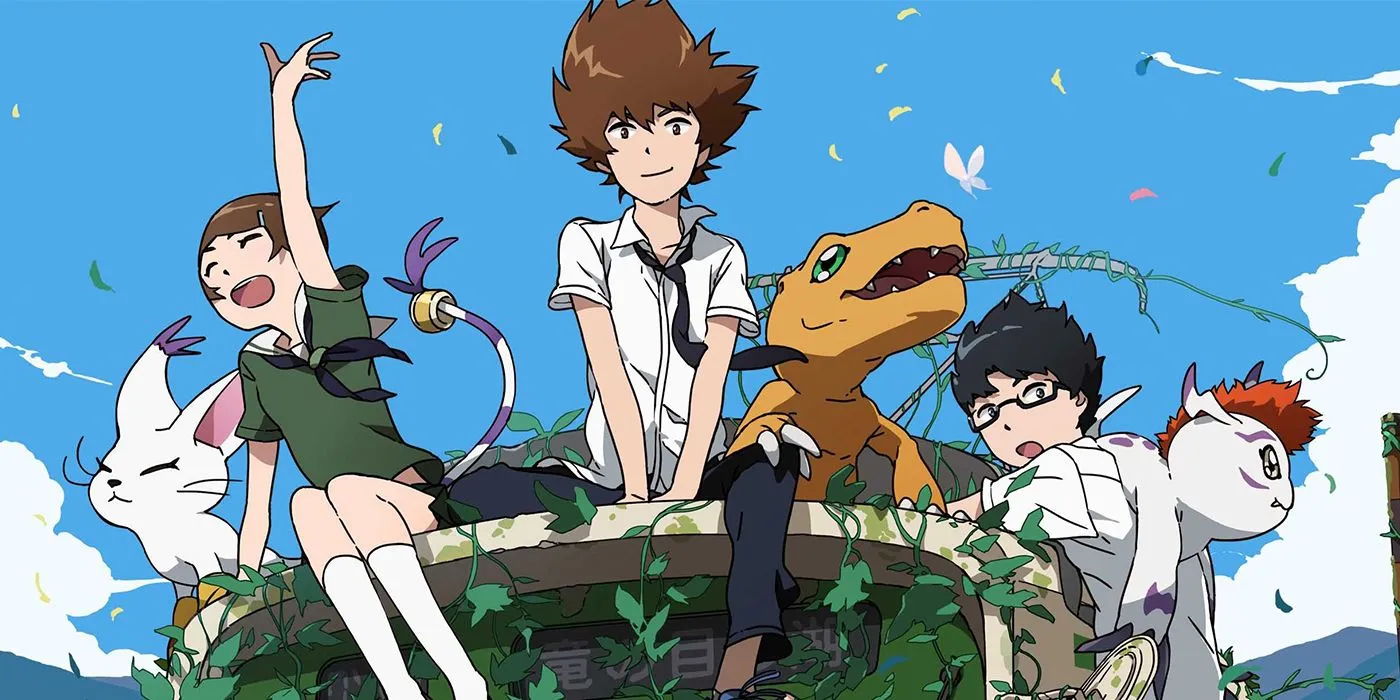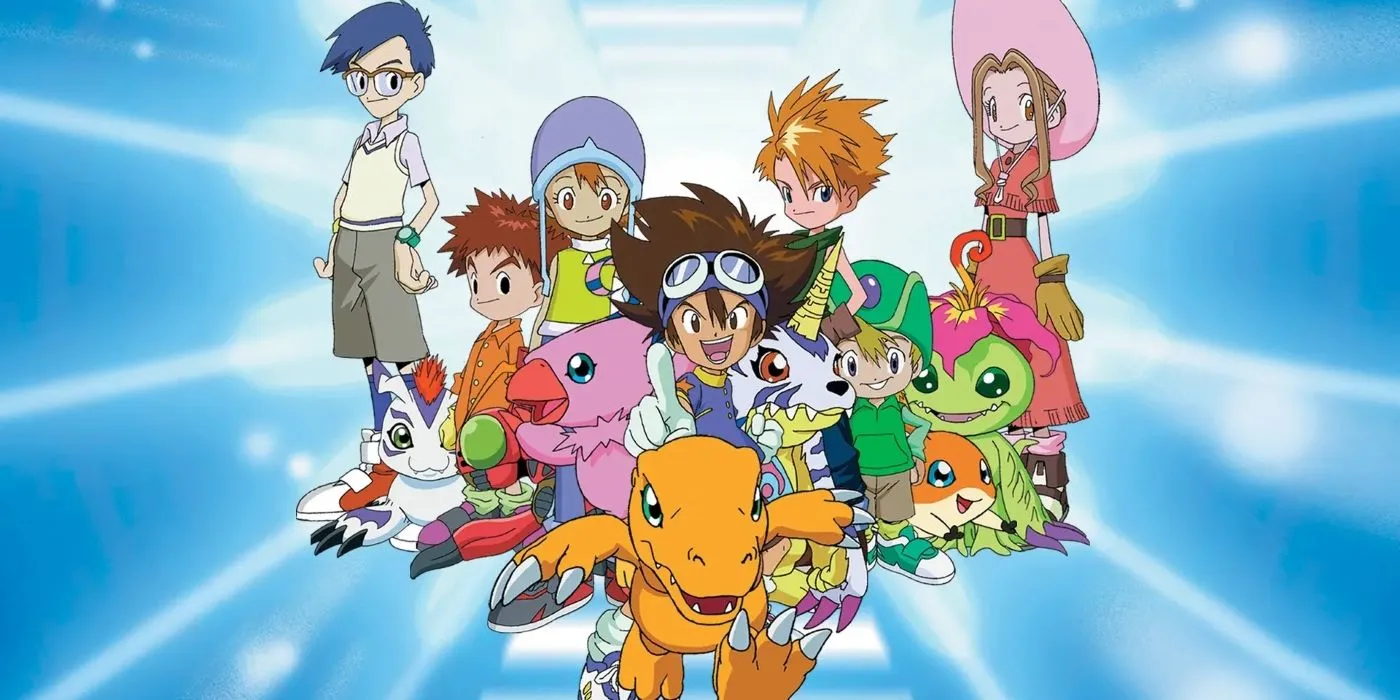
The Digimon anime franchise stands out as one of the most impactful and groundbreaking series in the realm of animated storytelling. Renowned for its imaginative narratives and intricately designed creatures, this iconic series has captivated audiences for over twenty years, offering fans endless reasons to engage with its rich universe.
Among the myriad of elements that contribute to the timelessness of the original series, Digimon Adventure, the portrayal of realistic and nuanced female characters is often overlooked. Unlike many contemporaneous shows targeted at younger males, the Digimon franchise has consistently prioritized the development of its female protagonists, offering them depth and agency rarely seen during that era.
Sora, Kari, and Mimi: Redefining Female Roles
Unique and Compelling Narratives





At the heart of Digimon Adventure is a group of eight DigiDestined, chosen children who embark on a quest alongside their digital partners to combat malevolent forces. While the show primarily targeted younger males typical of shōnen anime from the early 2000s, it featured only three female protagonists along with their Digimon companions. Despite their smaller numbers, these characters received substantial development and engaging story arcs.
As viewers journeyed with Mimi, Kari, and Sora, their narratives unfolded in ways that emphasized personal growth and aspirations rather than merely romantic ties. For instance, Kari, as the bearer of the Light Emblem, played a pivotal role in confronting the series’ most formidable adversaries. Even in a predominantly male-led plot, these female characters consistently demonstrated their significance, often rising to prominence during critical confrontations.
Challenging Gender Norms in Anime
Breaking the Mold

While the characters in Digimon Adventure were not the first female figures in male-dominated anime, they certainly challenged the prevailing stereotypes of their time. Many shows, such as Naruto and Yu-Gi-Oh!, relegated their female characters to supportive roles, often reducing them to mere motivators for male leads. Other series would present female characters merely as love interests, sidelining them until moments of lightheartedness arose between the protagonists.
It is important to note that some anime did feature powerful female characters during the early 2000s, with series like Inuyasha and the controversial Elfen Lied showcasing strong women. Nevertheless, Digimon distinguished itself by granting its female leads distinct personalities and motives wholly independent of their male counterparts, a bold choice that contributed to its lasting legacy over two decades later.
Continued Representation in the Franchise
Consistent Strong Female Characters Across Seasons

Digimon Adventure set a precedent for portraying strong female characters, which has been maintained in subsequent seasons throughout the franchise. For instance, Rika from Digimon Tamers, often referred to as the Digimon Queen, was celebrated as the most adept member of her team, skillfully partnering with Renamon to triumph over adversaries that her male teammates could not defeat.
However, not every season embraced this vision wholeheartedly. Digimon Frontier, while innovative, did not afford its sole female character, Zoey, the same level of narrative importance as her male counterparts. Despite this limitation, she still enjoyed several character development arcs that did not reduce her to a damsel in distress. Even in seasons where female characters are less emphasized, a consistent effort is made to grant them respect and agency.
Ultimately, the presence of strong female protagonists is just one aspect that has solidified the Digimon franchise’s standing as a cornerstone of classic anime. Beyond the thrilling battles of digital monsters, the series is an enriching coming-of-age tale that resonates with fans, regardless of the passage of time. The legendary adventures of Tai and his companions will continue to capture hearts for generations to come.




Leave a Reply